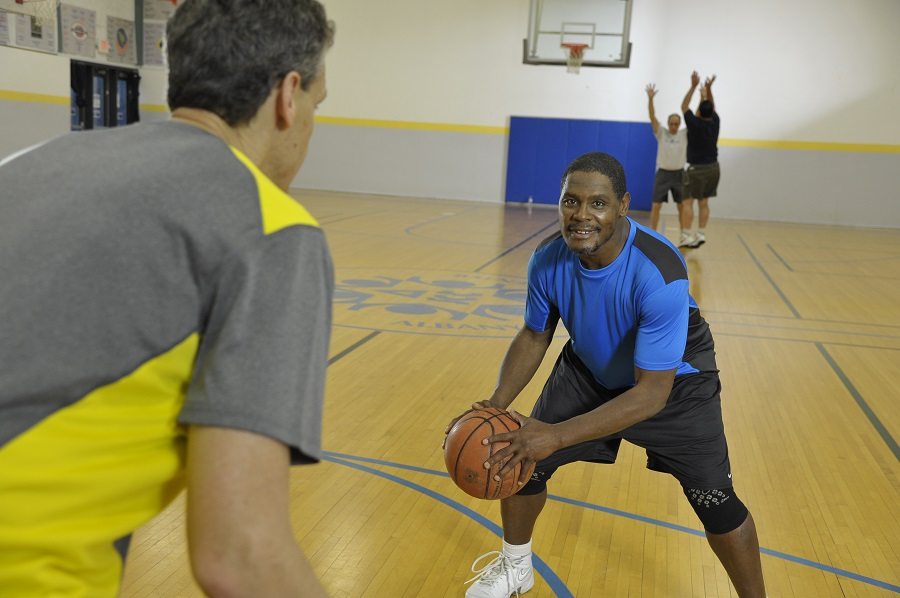
[This piece was written by Ellen Shapiro, PT, a physical therapist at St. Peter’s Physical Therapy & Fitness.]
What’s more annoying than a pain in the neck? It may be a little crick that nags at you all day no matter what you’re doing. Or it could be serious pain and stiffness that make it difficult for you to turn your head while driving.
If you wake up in the morning with a stiff, aching neck, you may realize that you fell asleep in an awkward position…and suffer for it for a couple of days.
But for most of us the problem is directly related to poor posture. It could be from letting your body slump at your work desk while working at the computer and talking on the phone. For many, the hours spent texting and scrolling on a smartphone or tablet is causing what is commonly being referred to as “text neck.”
Add it all up and it is clear why doctors and therapists are seeing an epidemic of patients complaining of neck pain.
Good posture is crucial. Your head ideally should be centered directly over your spine, with your chin tucked in and shoulders back; in that position your head doesn’t have to fight gravity all day.
One of the muscles most likely to cause tension and pain is the trapezius muscle which reaches from your neck, across your shoulders and most of the way down the back. The trapezius muscle can become tight as a result of work, weight lifting or even emotional tension. And the result is a pain in the neck.
You can massage your own trapezius muscle. Start by crossing one arm in front of your body so that you can place your palm on top of the shoulder. Beginning at the base of the neck, knead the muscles deep enough to make a difference without inducing pain. If there’s soreness you can’t reach yourself, enlist the help of a friend.
If neck pain is caused by sore muscles, it will usually respond to rest and maybe some heat or massage therapy. More serious problems are usually related to disks, bones and joints in the neck that can be injured by trauma or degenerate as a result of aging.
Physical therapists are trained to evaluate and treat these problems, and may use modalities such as heat, ice or electrical stimulation to help decrease the pain. In addition, they may use manual therapy techniques, such as joint mobilization and instruction in posture and exercise, to improve posture and overall function.
St. Peter’s Physical Therapy & Fitness offers a full range of outpatient physical and occupational therapy services, at 1240 New Scotland Road in Slingerlands.
St. Peter’s Health Partners Patient Therapies has a variety of outpatient occupational therapists at locations throughout the Capital District, accepting all insurances and providing quality one-on-one treatment. For information, please call 518-475-1818.





